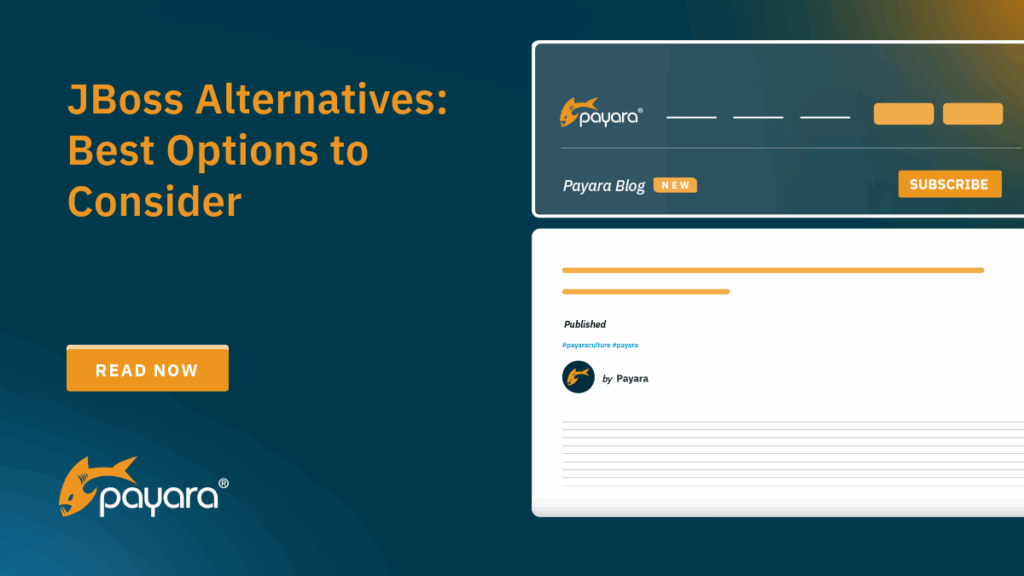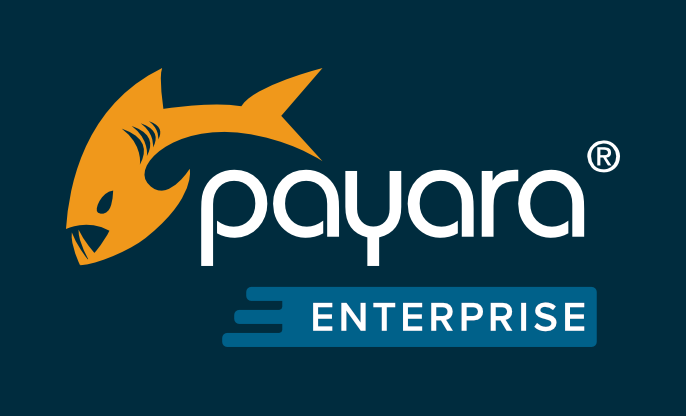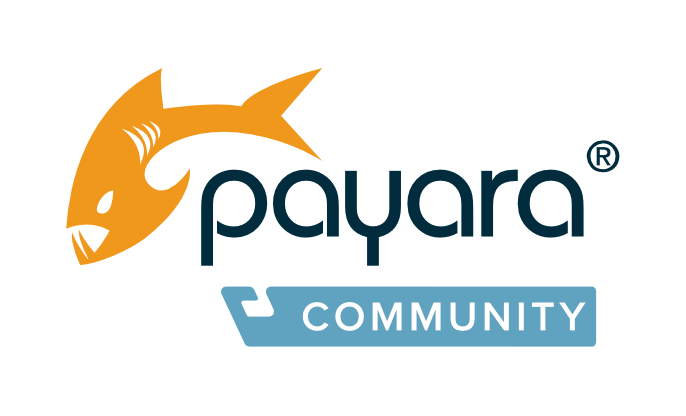 3 minutes
3 minutes
End-of-Life Technology: How to Drive Innovation Without Compromising Stability
When legacy systems approach end-of-life (EOL), enterprise IT teams typically face the choice of moving forward at all costs […]

Choosing the right application server is critical for the success of enterprise-grade applications. While Red Hat’s JBoss is a commonly implemented solution, organizations may want to explore alternatives to their current applications servers and runtimes. Sure, migrations can be intimidating, but if JBoss is no longer a perfect fit for a specific application, a move can help meet specific requirements, such as cutting licensing costs or adopting cloud-native approaches, as well as unlock new opportunities or capabilities.
If you’re here, chances are you’re considering your options. In this blog, we’ll discuss what JBoss offers, why businesses look for alternatives as well as what key contenders to look for when exploring alternatives.
JBoss Enterprise Application Platform, also known as JBoss EAP or JBoss, is a comprehensive, open-source application server and runtime environment developed by Red Hat and compliant with Jakarta EE standards. This well-known middleware solution is equipped with the necessary tools to build, run, deploy and manage enterprise Java applications in a variety of environments. Well-integrated with Red Hat’s ecosystem, the application server provides seamless integration with other products from the vendor.
The platform’s latest available version is JBoss EAP 8.0, which was released in February 2024.
Note: What was initially called ‘JBoss Application Server’, or ‘JBoss AS’, is now known as ‘WildFly’. To learn more about the difference between JBoss EAP and WIldFly/JBoss AS here.
JBoss EAP typically offers robust features for scalability, clustering for high availability, security and cloud deployments designed to support highly transactional, enterprise-level, mission-critical applications. However, the platform can be complex to set up and manage for beginners, and it may require additional resources in terms of memory and CPU compared to other, more lightweight application servers.
Although JBoss EAP source code is based on open-source, free to use WildFly project, it operates under a subscription model. Access to Red Hat’s enterprise-grade support is governed by an End-User License Agreement (EULA).
While JBoss EAP is a popular option in the Jakarta EE community, there are several reasons businesses may consider exploring alternatives. These include cost considerations, evolving technology and application needs as well as strategic business goals and specific enterprise requirements. Let’s have a closer look at each of these issues.
Access to JBoss EAP and Red Hat’s enterprise-grade support is governed by an EULA. Besides, key features and options, such as performance monitoring tools and Red Hat Single Sign On for OAuth/OpenID Connect support, are not included in the standard subscription fee. In fact, anyone interested in using them needs to purchase them separately.
JBoss EAP’s licensing, support and technology costs can be significant, especially for smaller organizations, teams with limited Red Hat dependencies or projects with tight budgets. Organizations interested in reducing their application server and runtime expenses can benefit from more economical and budget-friendly alternatives that provide best-in-class technologies and comparable or superior support at a fraction of the price.
JBoss EAP can support cloud deployments and MicroProfile for microservices architectures, but it was originally designed for traditional on-premises environments. As organizations shift toward the cloud, they may find cloud-native platforms more aligned with modern needs, providing seamless microservices support, containerization, and better integration with cloud workloads and ecosystems.
Different organizations have unique needs and may benefit from specialized features to suit specific enterprise needs, such as:
JBoss EAP boasts a strong community and frequent releases, but organizations may need more recurring updates for robustness and resilience, especially if operating in highly regulated industries.
When developing, testing or experimenting with applications, instead, support may not be needed. In this case, free solutions with an active community may be ideal, especially if they can be associated with a fully supported, compatible counterpart for production environments. Moving to a such option can make a significant difference for teams looking for long-term reliability and reduced expenditure.
If your organization is still running JBoss EAP 7 to support Java EE 8 applications, it’s important to note that this version has now entered Extended Lifecycle Support Phase 1 (ELS-1). This means it is no longer receiving regular feature updates, bug fixes or enhancements, and only critical security patches are provided. While this level of support may be enough for short-term stability, it signals that the platform is aging and could become increasingly difficult to maintain in the long run.
Relying on a JBoss EAP runtime in ELS can limit innovation, introduce security risks over time and hinder adoption of new Java and Jakarta EE standards. To maintain Java EE 8 workload, users should favour middleware technologies that are still fully supported.
Over the years, Payara Services’ engineers have been successfully helping multiple companies to effectively transition from JBoss to Payara Server Enterprise, optimizing migration time, resources and costs.
“In terms of support costs Payara is 60% cheaper than JBoss. And as it is Open Source there are no licensing fees! Our engineers are extremely satisfied with Payara’s performance. They started using Payara in a small scale and as things worked quickly well they have increased their Payara usage exponentially.”
Payara Server Enterprise operates on a subscription basis, with pricing tailored to organizational needs. Costs are typically a fraction of JBoss EAP subscription plans. New users can benefit from a 14-day free trial.

Discover how Payara Platform Enterprise compares to JBoss EAP in performance, support, and innovation. Learn which runtime best fits your enterprise Java applications.
Learn MorePayara Platform Community is a free, state-of-the-art cloud-native, open-source middleware platform for testing, innovation and development projects that supports monolithic and microservices applications based on Jakarta EE and MicroProfile in any environment: on-premises, in the cloud or hybrid. It is designed to offer developers rapid access to new features to drive innovation as well as a nurtured, vibrant user community. Based on the same source code of Payara Platform Enterprise [ANCHOR TO Payara Platform Enterprise SECTION], it is highly compatible with it to support seamless integration across application development, testing and production environments.
Payara Platform Community edition is open-source and completely free to use as unsupported application server runtime environment.

Build and deploy Jakarta EE applications with ease using Payara Platform Community. Free, open source, and optimized for developers.
Download Payara Platform CommunityPayara Qube is an all-in-one deployment platform that simplifies Kubernetes to streamline Java application deployment and management. By seamlessly supporting Quarkus, Jakarta EE, and Spring—across both cloud and on-premise environments—Payara Qube automates and standardizes deployment workflows. This accelerates time-to-market, ensures reliable and repeatable releases, and enables organizations to modernize and scale microservices with confidence. On-premise options deliver robust data sovereignty and compliance control, while cloud capabilities facilitate smooth migration and management. As a result, Payara Qube reduces operational costs, minimizes manual intervention, and allows teams to focus on innovation—delivering secure, scalable and mission-critical Java applications supported by a diverse range of leading frameworks
Payara Qube offers different pricing options, depending on whether users prefer an installable version or a Platform as a Service (PaaS). New users can ask for a free trial.

Payara Qube is a next-generation cloud-native deployment platform for Jakarta EE and MicroProfile applications. Develop, deploy, and manage your Java apps seamlessly — without the complexity of Kubernetes.
Book A Free DemoEvery runtime technology available on the market is designed to support a specific niche of applications and business requirement. While JBoss EAP is a renowned and widely used application server, it may not be able to satisfy your most pressing needs or no longer align with your goals and objectives.
Users interested in migrating to a different solution can choose from several alternatives, which can offer valuable opportunities and better align with a company’s budgets, technology stack and strategic priorities. Whether it’s to reduce costs, simplify cloud adoption, leverage cutting-edge or highly specific features, choosing the right application server can have a transformative impact on your enterprise application and overall business.
Payara Services’ solution portfolio offer a variety of application server and runtime options to address the diverse, specific technology and business needs of organizations, providing the tools to efficiently run high-quality enterprise applications. Want to test the waters? Become part of Payara Platform Community, sign up for a free trial of Payara Server Enterprise or Payara Qube to see how it compares to your current JBoss EAP workloads.
Share:
 3 minutes
3 minutes
When legacy systems approach end-of-life (EOL), enterprise IT teams typically face the choice of moving forward at all costs […]
 5 minutes
5 minutes
November has been one of the busiest months of the year for the Java and Jakarta EE ecosystem. With […]
 3 minutes
3 minutes
Working with enterprise Java databases can sometimes feel like swimming upstream. Jakarta EE 11’s Jakarta Data helps developers glide […]